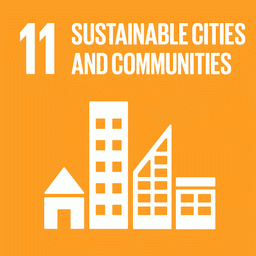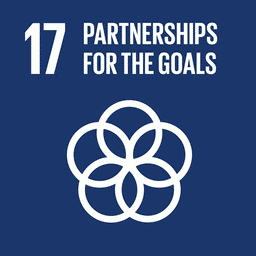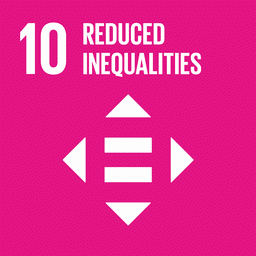Karina Custódio*
Territorial protection and monitoring skills have been strengthened among 401 indigenous leaders who live on 17 million hectares of indigenous land in the Amazon. The tactics are part of a course offered by IPAM (Amazon Environmental Research Institute) in collaboration with indigenous organizations, and their results have been described in the new PROTEJA newsletter, which publishes the results of actions and research to preserve protected areas.
Indigenous lands reached by the territorial monitoring course
Karina Custódio/IPAM*
The Nawa Indigenous Land is not shown on the map because it is in the process of being demarcated. The boundaries of this territory had not been made public by the time this report was published.
In the course, the leaders come into contact with new territorial surveillance technologies, such as SOMAI-ACI (Indigenous Amazon Monitoring System – Indigenous Climate Alert application), integrating their ancient knowledge with scientific research. Course instructor and IPAM researcher Ray Pinheiro explains how the training takes place.
“The courses are designed to strengthen and enhance what has traditionally been done, combining indigenous technologies with non-indigenous geotechnologies. SOMAI-ACI helps to systematize and maintain the memory of what is being observed in the territories, both in the case of complaints and for cultural, socio-environmental and economic potential.”
João Reis, an indigenous member of the Guajajara people, took part in the course in February this year. When he learned how to use the geolocation tools, he was surprised to discover that there were five CARs (Rural Environmental Registry) overlapping the Caru indigenous land, where he lives and works as a firefighter.

Strengthened organizations
In addition to minimizing threats such as fire and land invasion, Vanessa Apurinã, manager of Indigenous Territorial Monitoring at COIAB (Coordination of Indigenous Organizations of the Amazon), points out that the initiative is a way of strengthening the work of indigenous organizations.
“The course promotes the valorization of traditional knowledge, integrating it with modern monitoring techniques, which strengthens our fight for the preservation of indigenous territory and rights. This training is a powerful tool for empowering communities and guaranteeing the protection of our cultural and environmental heritage.”
PROTEJA newsletter
The PROTEJA Bulletin is an online publication dedicated to disseminating the results of effective actions in the preservation of protected areas. Any interested person or organization can contribute to the bulletin by sending an email to coord_executiva@proteja.org.br.
The publication is an action of PROTEJA, in collaboration with IPAM, WSC (Wildlife Conservation Society), in partnership with USAID (United States Agency for International Development), NORAD (Norwegian Development Agency) and the Charles Stewart Mott Foundation.
This action is being carried out as part of the Conserving Together project, the aim of which is to strengthen the capacities of civil society actors to lead efforts to conserve biodiversity and prevent environmental crimes in the Amazon.
This work is possible thanks to the generous support of the United States for International Development (USAID), through the Conserving Together project. The content is the responsibility of the Wildlife Conservation Society and does not necessarily reflect the views of USAID or the United States government.
IPAM journalist*


